Rulers who imposed weird restrictions on their people
Throughout history, some rulers have made decisions that leave us scratching our heads. From strange taxes to peculiar bans, these leaders have certainly left their mark.
Their eccentric decrees often reflected their personal quirks, cultural contexts, or attempts to exert control. In this article, we’ll explore some of the most bizarre rulings from history’s most eccentric leaders, shedding light on their sometimes baffling reasoning and the impacts these decisions had on their societies.
Caligula’s Sea Shell Collection Tax
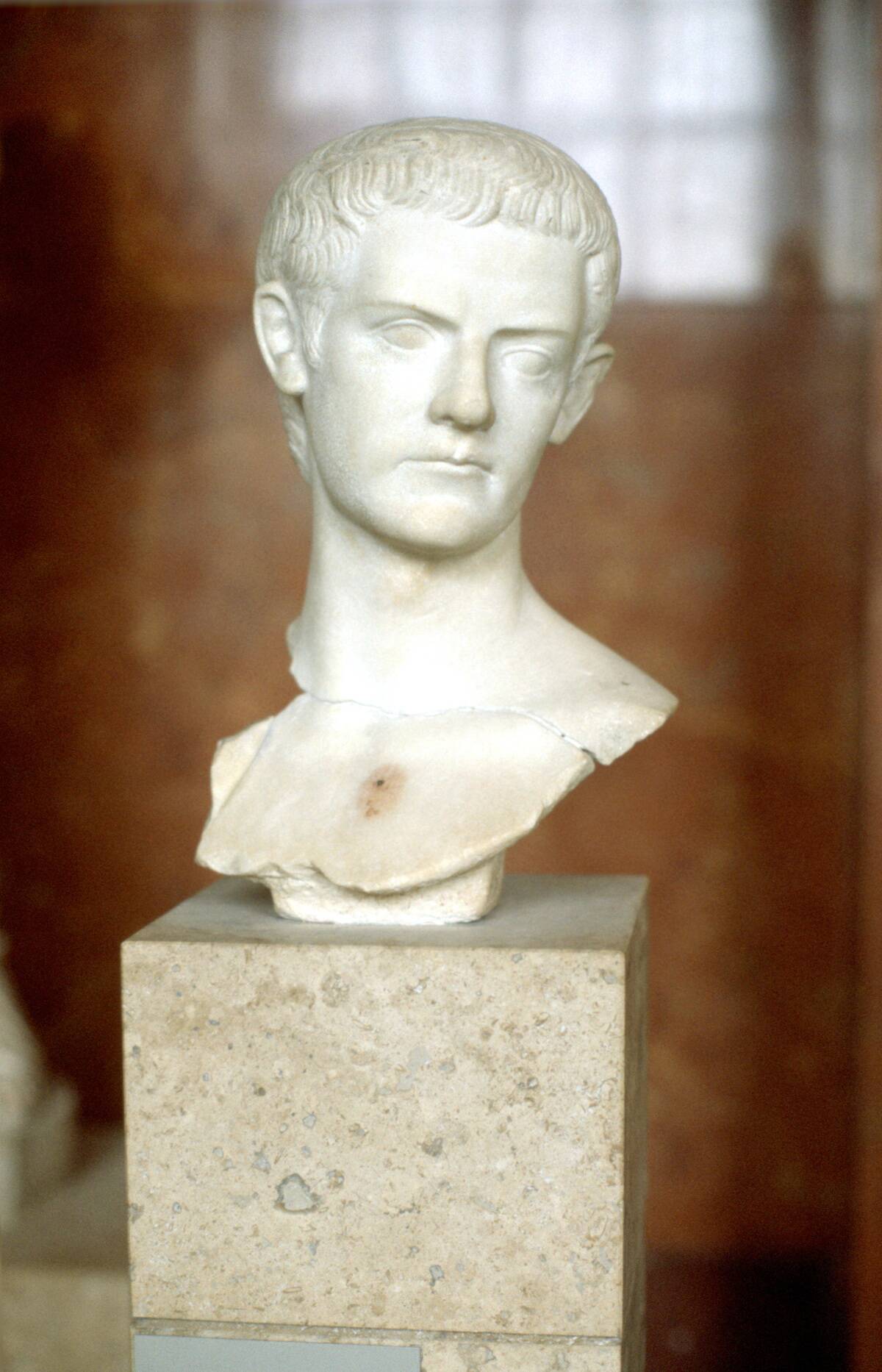
The Roman Emperor Caligula is often remembered for his erratic behavior, and his infamous seashell tax is a prime example. Legend has it that after declaring war on the sea god Neptune, Caligula commanded his soldiers to collect seashells as spoils of war.
These shells were then taxed, adding to the emperor’s treasury. Although this demand was indeed documented, the reason for it remains mysterious, as the legend of the war with Neptune remains disputed.
Peter the Great’s Beard Tax in Russia
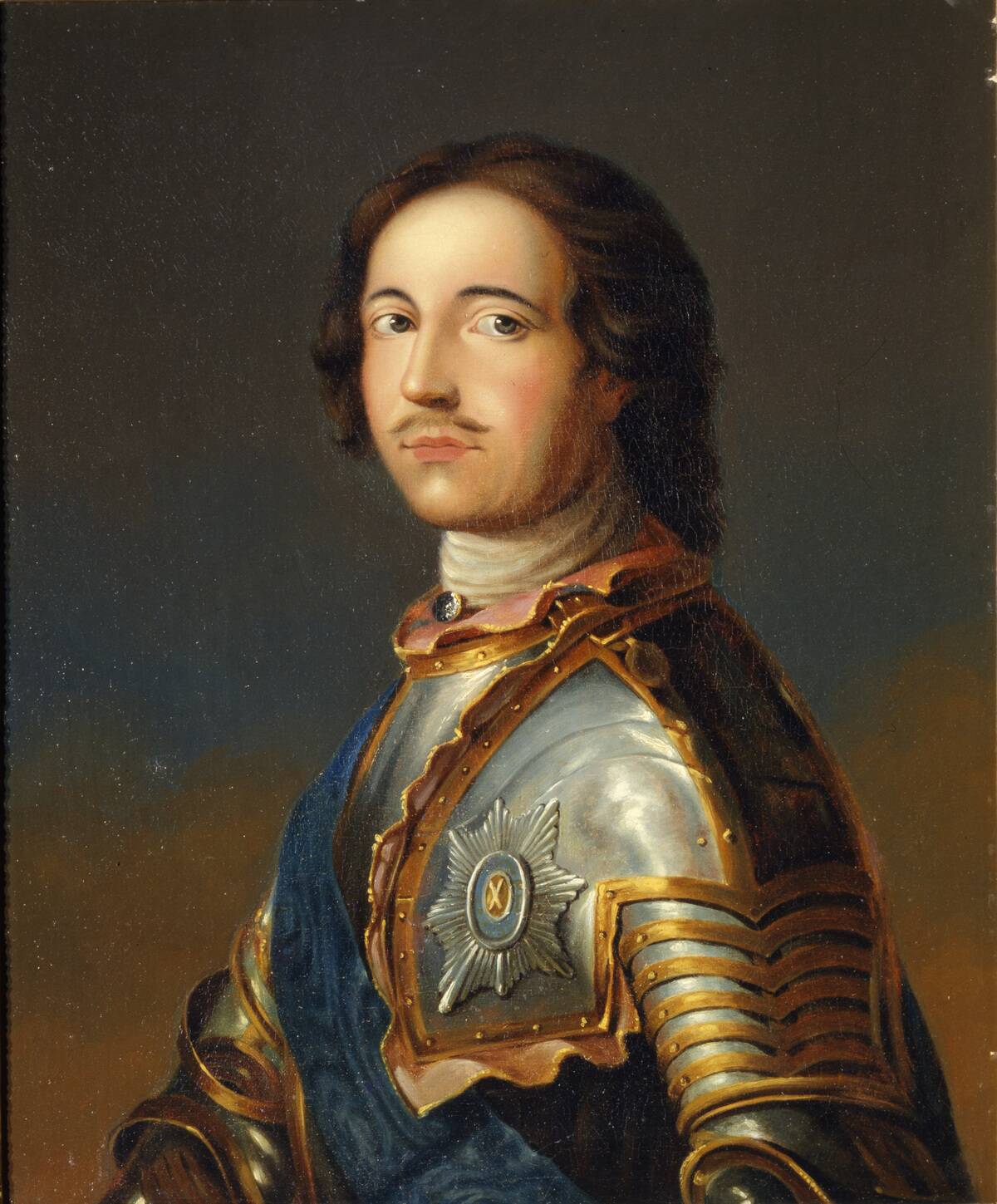
Peter the Great was determined to modernize Russia, and one of his more unusual reforms was the beard tax. Introduced in 1698, this tax was part of his efforts to align Russian society with Western European norms.
Men who wished to keep their beards were required to pay a fee, receiving a token as proof of payment. This policy aimed to encourage a clean-shaven appearance, which Peter believed represented progress and modernity.
Qin Shi Huang’s Prohibition of Philosophy
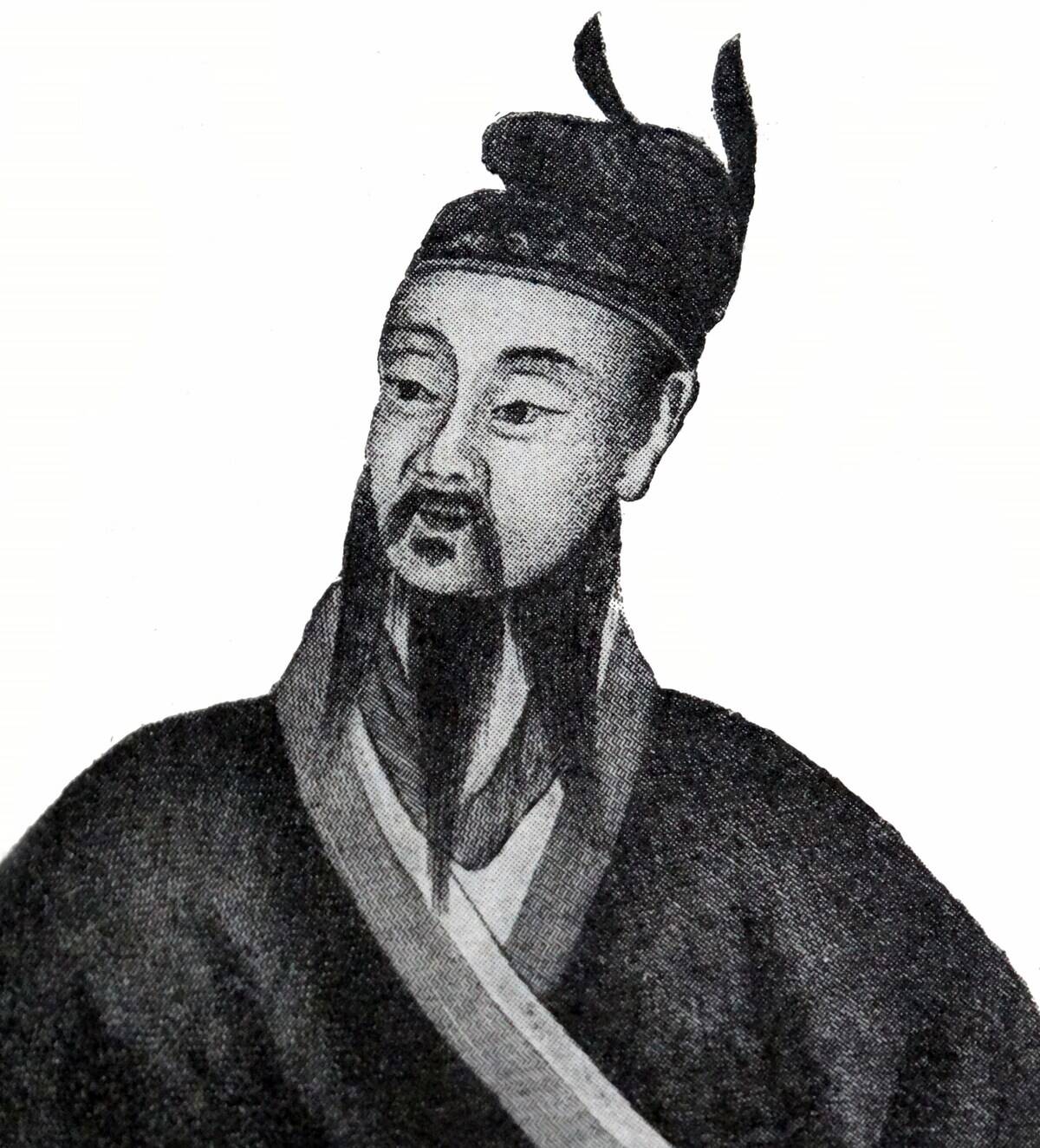
China’s first emperor, Qin Shi Huang, took drastic measures to consolidate power, including the prohibition of philosophy and history that predated his reign. In 213 BC, he ordered the burning of books and the burial of scholars, aiming to suppress intellectual dissent.
This decree was part of his broader efforts to unify China under a centralized authority. However, it’s worth noting that reports of him burying Confucian scholars alive are often regarded by modern historians as myths spread against him by later Confucians, so it’s likely that he wasn’t specifically targeting them.
King Henry VIII’s Dress Code for the Nobility
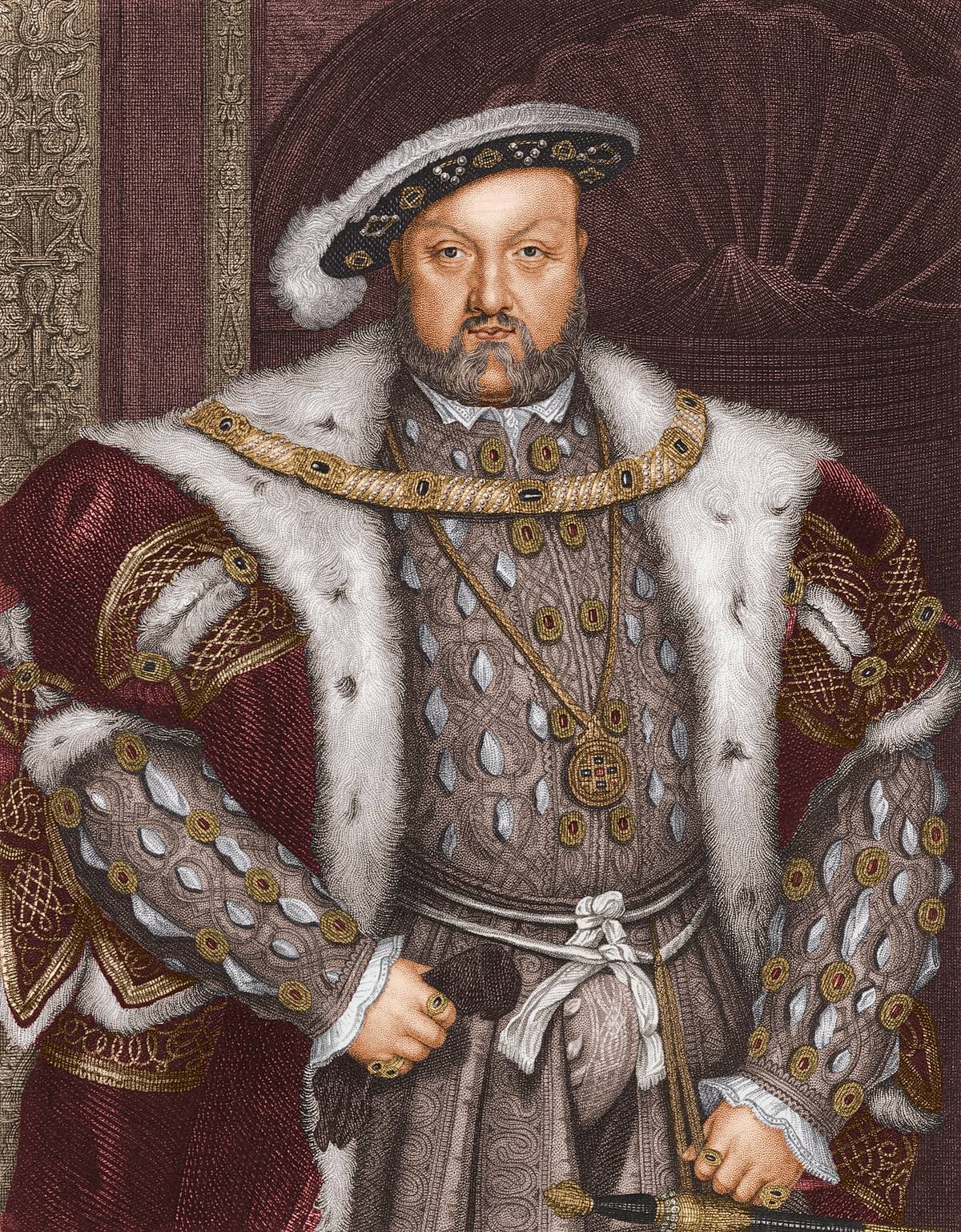
King Henry VIII, known for his tumultuous reign, also had a keen interest in fashion. He implemented strict dress codes for the nobility and common class alike, dictating what colors and fabrics could be worn based on social rank.
For example, only royalty could don purple, a color associated with wealth and power. These regulations reinforced social hierarchies and ensured that the king’s court maintained a distinct and opulent appearance reflective of his own tastes. It was also intended as a protectionist measure for the English textile industry.
King Gustav III’s Coffee Experiment in Sweden
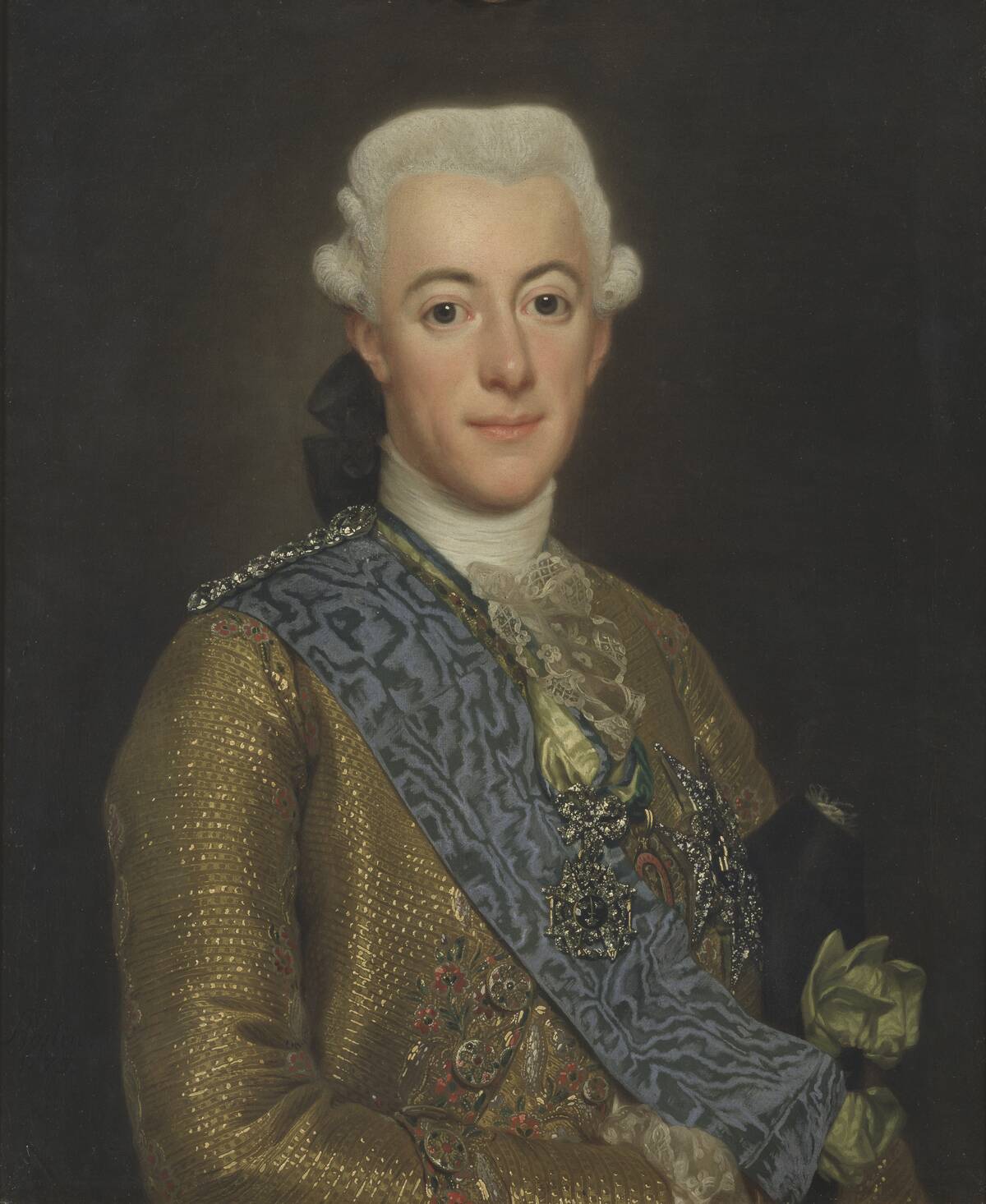
King Gustav III of Sweden harbored a deep suspicion of coffee, leading him to conduct a rather unusual experiment. In the late 18th century, Gustav ordered two prisoners, one to drink coffee and the other tea, to determine their effects.
Doctors monitored their health, but ironically, both outlived their doctors and the king himself. This experiment highlighted Gustav’s eccentricity and his belief in the potential dangers of coffee consumption.
King Louis XIV’s Edict on High Heels
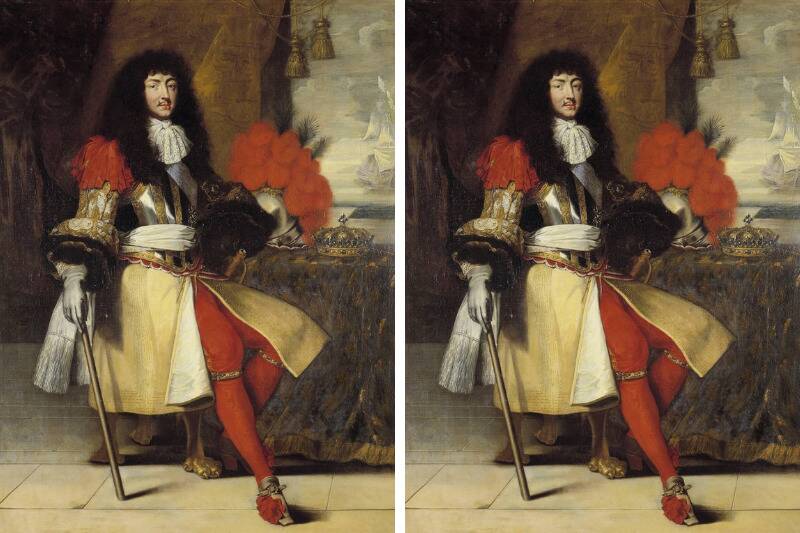
King Louis XIV of France, known for his extravagant lifestyle, issued an edict on high heels. The Sun King loved the fashion statement that high heels made, associating them with status and power.
In 1670, he decreed that only those in his court could wear red-soled heels, a trend he popularized. This fashion decree not only reinforced social hierarchy but also emphasized the king’s influence on fashion and culture.
The Sultan’s Ban on Tobacco in the Ottoman Empire
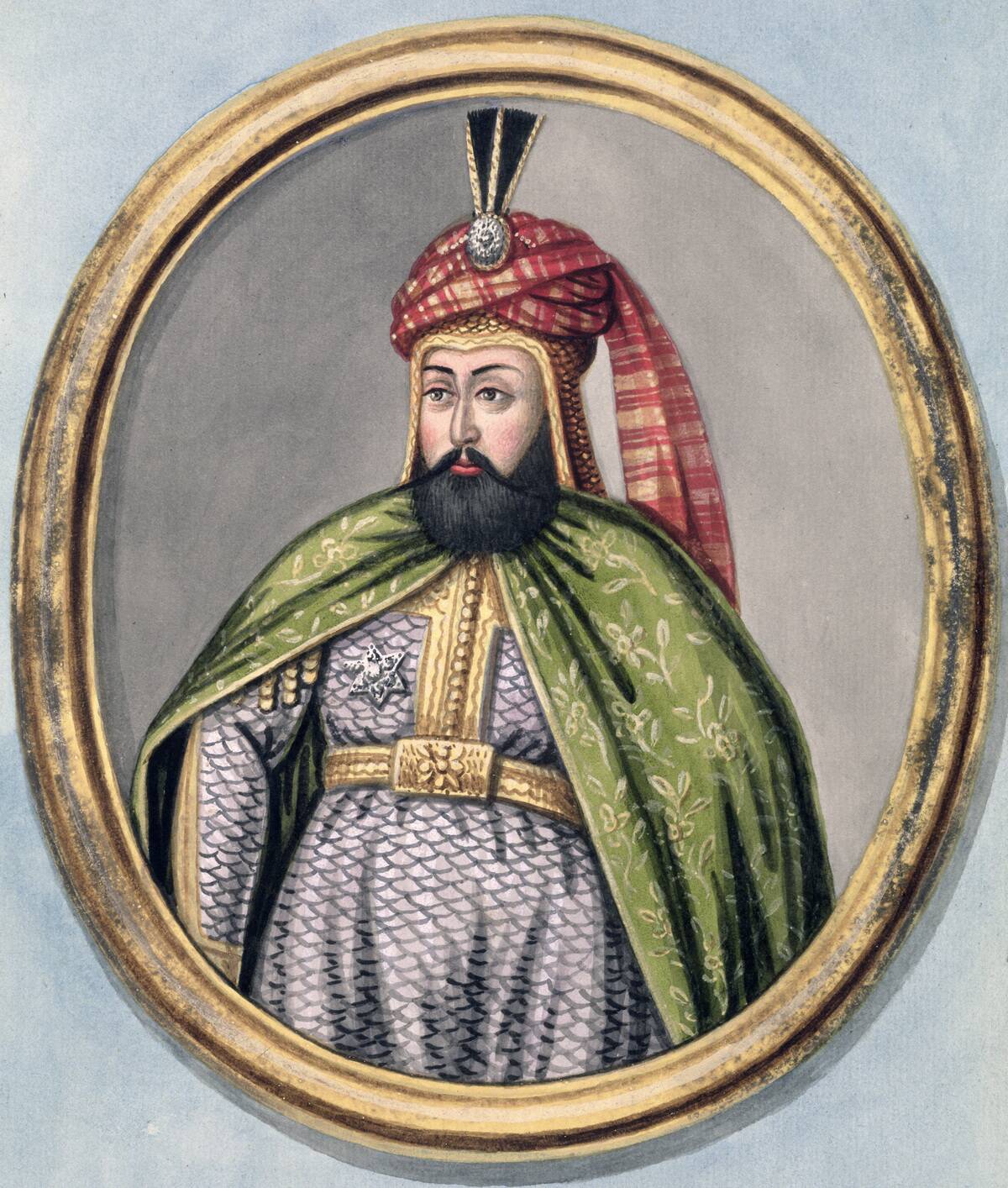
The Ottoman Empire’s sultans had a complicated relationship with tobacco, leading to several bans over the centuries. Sultan Murad IV, in particular, was vehemently against smoking, as well as coffee and alcohol.
In the 17th century, he imposed strict penalties on those caught with tobacco, including execution. Murad so believed that smoking was contributing to the decline of his empire that he was known to disguise himself and personally execute smokers. Despite the harsh measures, tobacco persisted, reflecting the challenges of enforcing such sweeping bans.
Joseph Stalin’s Campaign Against Western Music
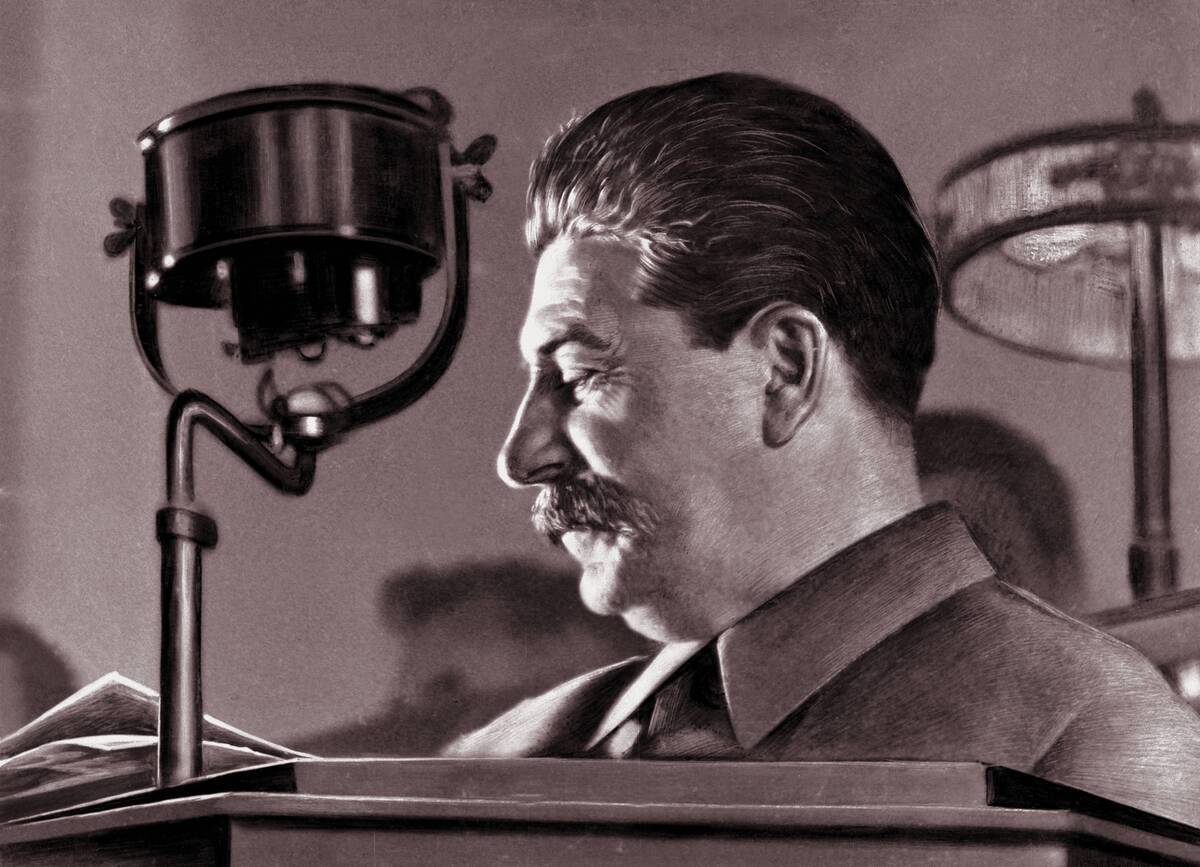
Joseph Stalin, the Soviet Union’s authoritarian leader, launched a campaign against Western music during his rule. Jazz and other Western genres were deemed “decadent” and a threat to Soviet ideals.
Musicians and composers faced censorship, and performances were heavily monitored. This campaign was part of Stalin’s broader efforts to control cultural expression and reinforce Soviet values, illustrating the regime’s tight grip on artistic freedom.



